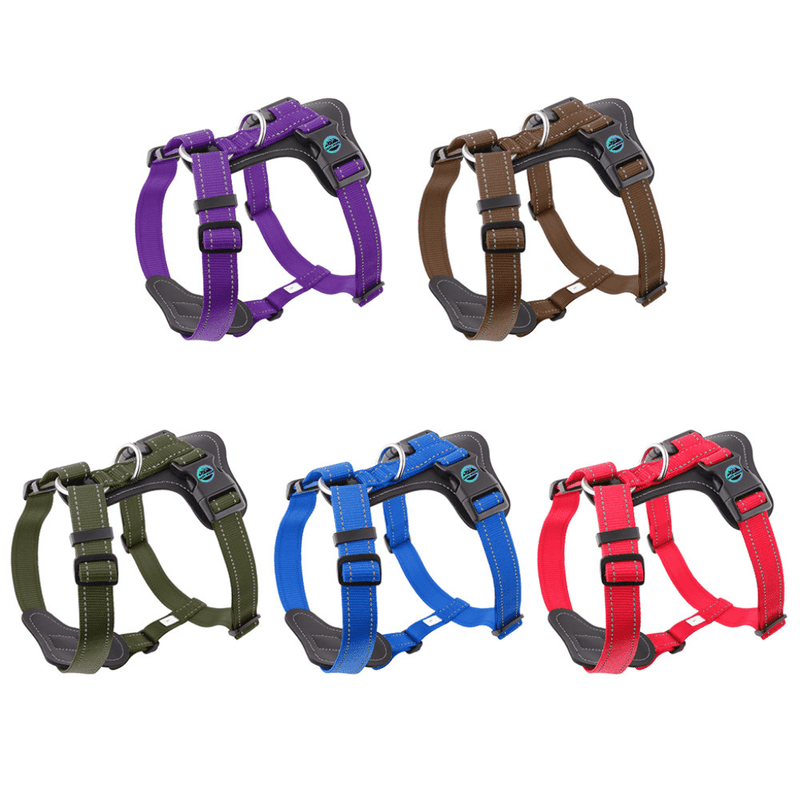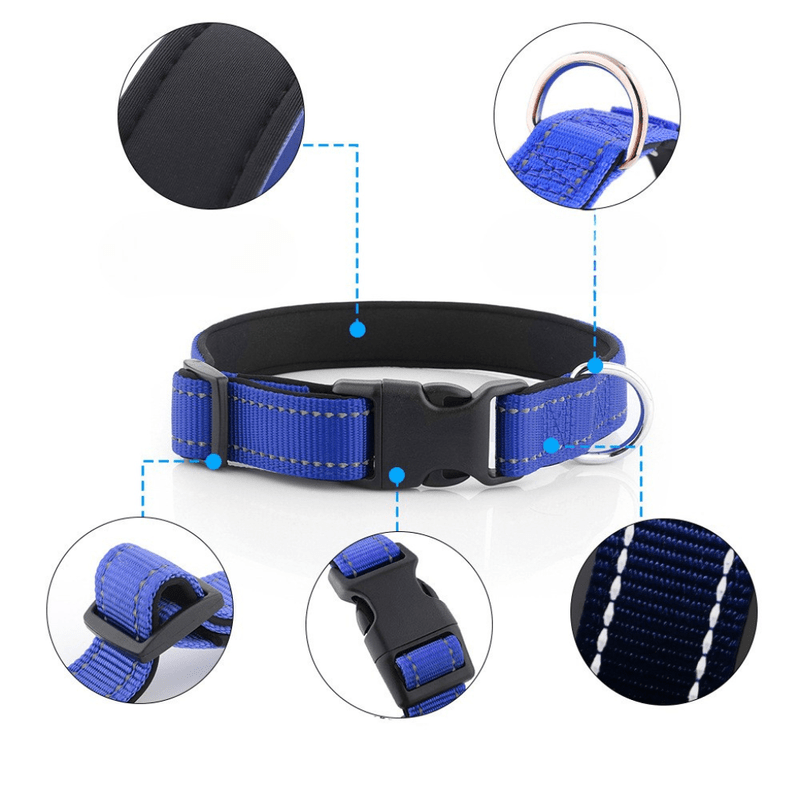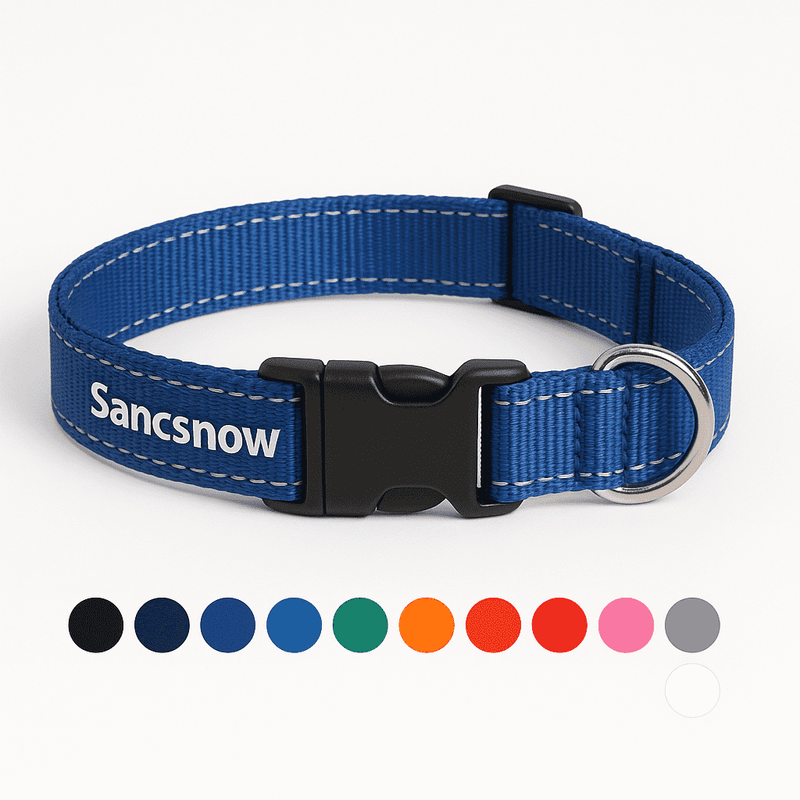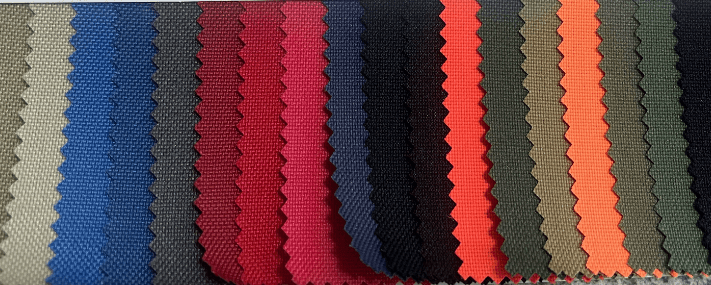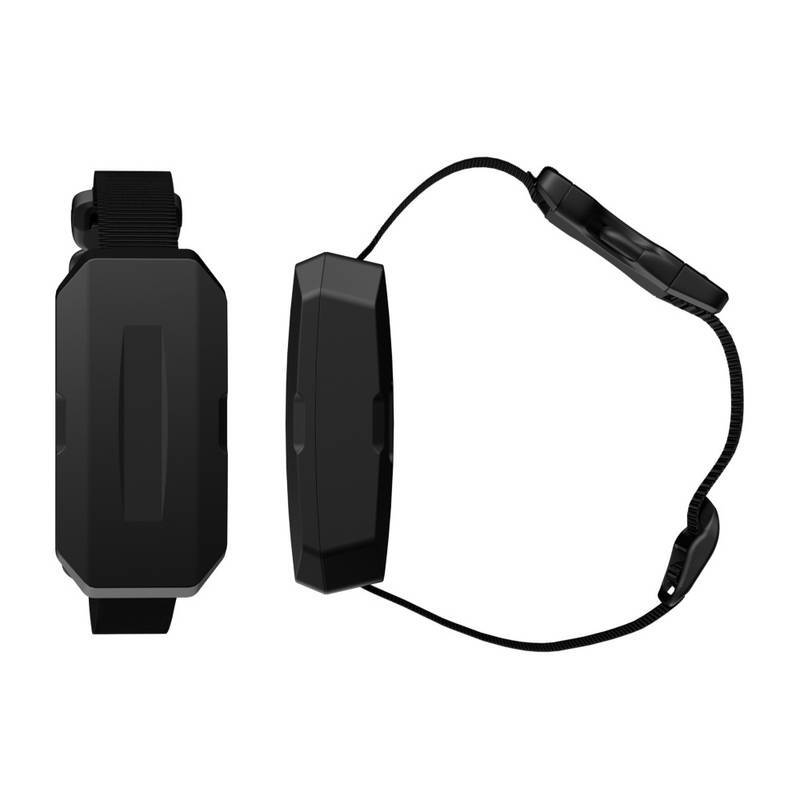If a collar looks great but your dog hates wearing it, it’s not a good collar.
Comfort is one of the most important things to think about when choosing or designing a dog collar—whether you’re a pet owner shopping for your dog, or a business planning your next product collection. A comfortable collar can reduce pulling, prevent skin irritation, and help dogs feel relaxed all day.
So, what kind of collar is truly comfortable for dogs? Let’s break it down.
1. Soft Materials Matter
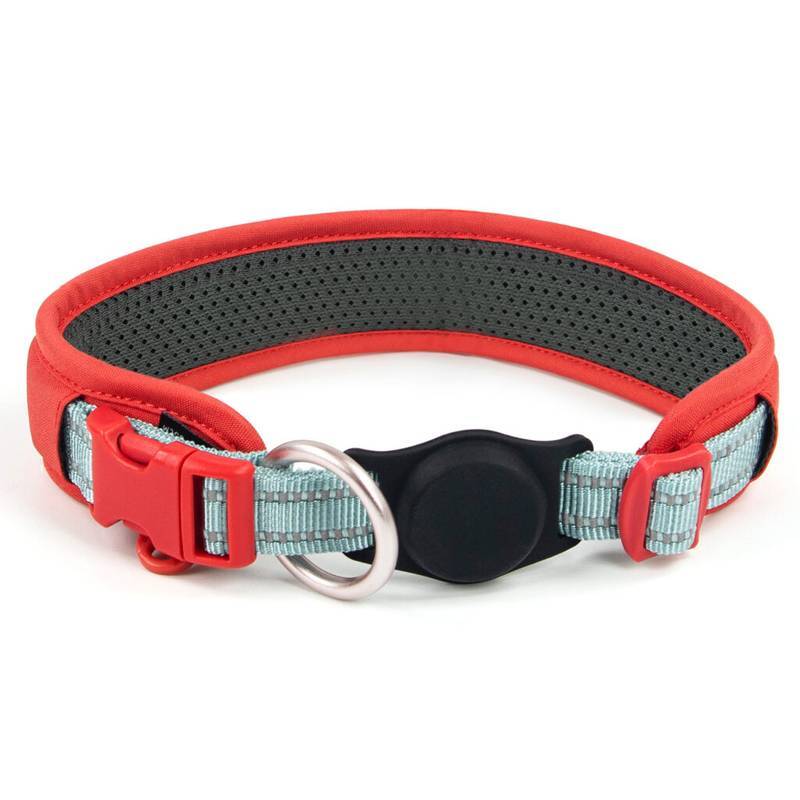
The first thing that touches the dog’s skin is the material. Some materials are soft and smooth; others are rough and easy to cause discomfort.
- Nylon with padding: One of the best options. It’s strong on the outside and soft on the inside, especially when lined with sponge, neoprene, or mesh.
- Soft polyester: Lightweight and budget-friendly. Great for small dogs or indoor use.
- Genuine leather: Good for short walks and stylish use—but make sure the edges are smooth and not too stiff.
Try to avoid cheap, stiff collars that feel like plastic. They may be cheap to buy, but dogs don’t enjoy wearing them.
2. Fit and Width Make a Big Difference
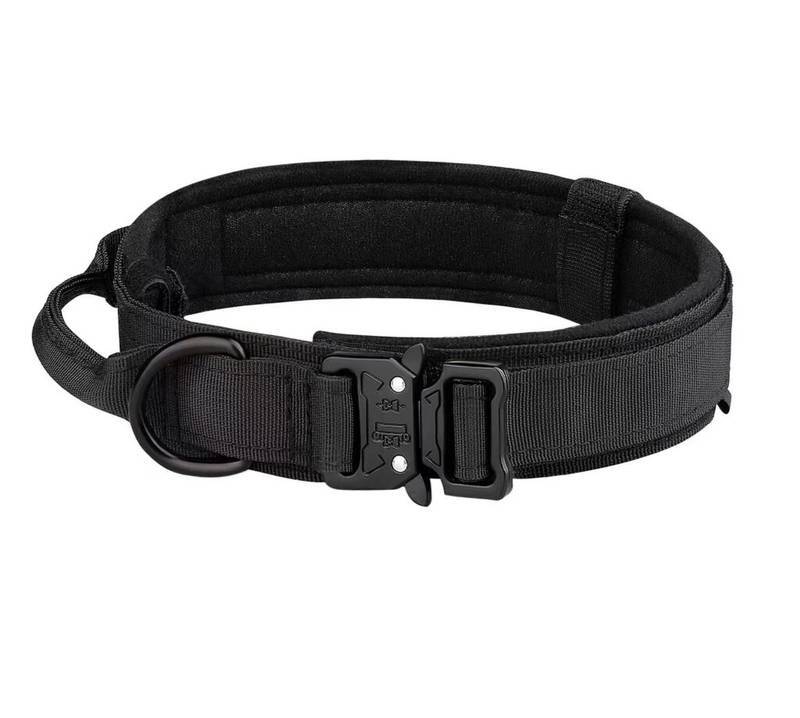
A collar that’s too tight will cause choking. One that’s too loose may slip off or rub the neck.
So what’s the rule?
You should always be able to slide two fingers between the collar and your dog’s neck.
- For small dogs: Go for thin, lightweight collars.
- For large dogs: Wider collars with padding are better—they spread pressure more evenly and don’t dig into the skin.
- For puppies: Use adjustable collars made of soft materials. Their neck size changes fast.
Tip for buyers:If you’re purchasing for retail or wholesale, make sure the collar range covers at least 3 sizes (S/M/L) to fit different breeds.
3. The Inside Counts More Than the Outside
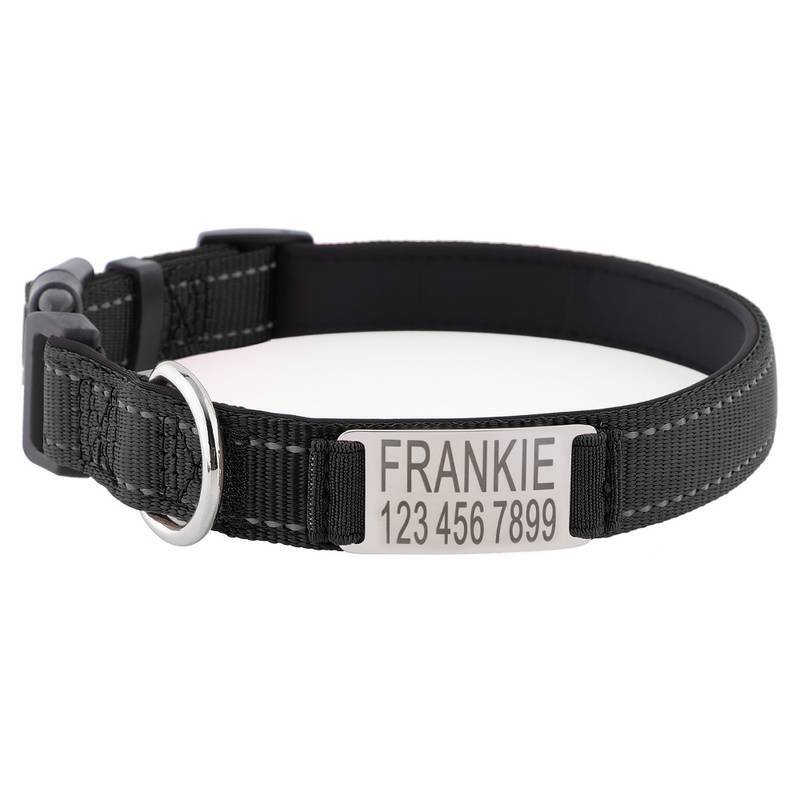
Some collars look nice from the outside—but flip them over, and you’ll find scratchy seams, heat-pressed logos, or rough stitching. Over time, this causes red marks or hair loss on the dog’s neck.
What to look for:
- Smooth inside surface
- Flat stitching
- No hard logos or brand tags directly touching the dog’s skin
- Lightweight buckle that doesn’t press on the throat
These small details make a big difference for comfort, especially when dogs wear the collar for long hours.
4. Comfortable Doesn’t Mean Weak
A lot of people think soft = not strong. That’s not true.
Many padded nylon collars are both soft and strong enough to handle pulling. The trick is in the webbing, not the surface. Good collars use high-tensile strength inside and soft layers outside.
If your customers need comfort and durability (for large dogs, hiking, or training), recommend:
- Padded nylon collars with reinforced stitching
- Metal D-rings for leash attachment
- Easy-adjust buckles that stay secure
5. Common Mistakes That Make Collars Uncomfortable
Whether you’re buying one for your dog or 1,000 for your store, avoid these:
- Too narrow or too wide for the breed
- Sharp hardware or metal that touches the skin
- Logos or labels that are glued and peel off over time
- Buckles that pinch the fur
- Materials that get stiff after washing or sun exposure
If you hear complaints like “my dog scratches at it” or “the hair is rubbing off,” it’s likely a comfort issue.
So, What’s the Most Comfortable Collar?
Here’s a simple checklist:
- Soft, flexible material
- Smooth inside surface with no scratchy parts
- Adjusts easily but holds tight
- Right size and width for your dog’s breed
- Lightweight but strong
- No unnecessary decorations that press into the skin
Whether you’re a pet owner looking for a better fit, or a retailer planning your next best-seller, comfort should be the first thing you think about—because when dogs feel good, people feel good too.

